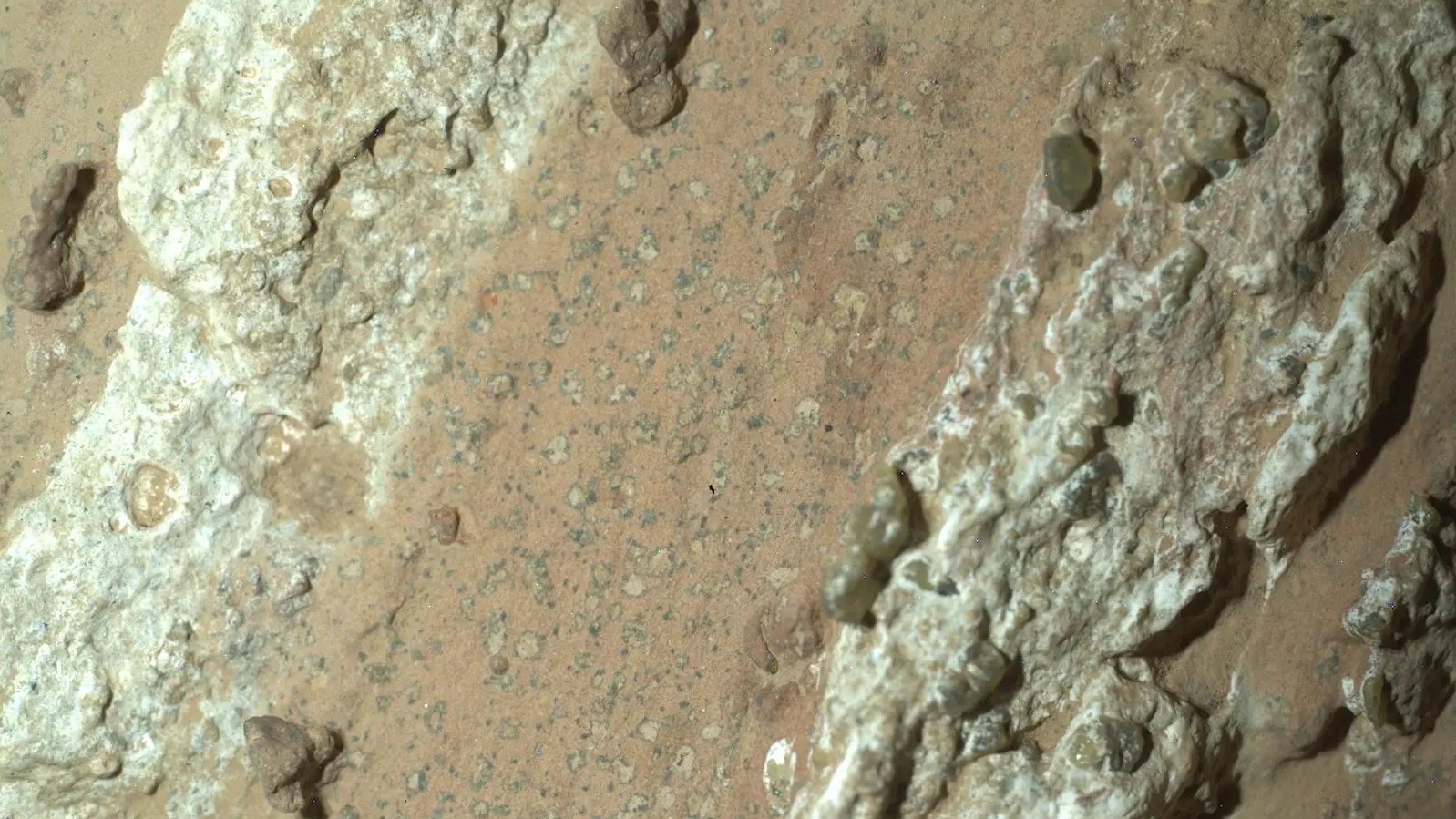What would a colony on the Moon look like?
People could be living in lunar 'houses' by 2040, says Nasa

A businessman has revealed plans to colonise the Moon by 2063 and transform humanity into a "multi-planet species".
Argentinian-American entrepreneur Guillermo Söhnlein told The Independent that we would "begin to see ourselves not just as citizens of one country or another, but as inhabitants of Mearth", the name coined for a hypothetical Earth-Moon civilisation.
Ambitions of this sort have been around for a while: in the 1980s, "The Usborne Book of the Future" forecast a city on the Moon, where people would work at consoles in vast domes connected by pressurised underground passageways. But following huge advances in technology, such a settlement might now look very different.
The Week
Escape your echo chamber. Get the facts behind the news, plus analysis from multiple perspectives.

Sign up for The Week's Free Newsletters
From our morning news briefing to a weekly Good News Newsletter, get the best of The Week delivered directly to your inbox.
From our morning news briefing to a weekly Good News Newsletter, get the best of The Week delivered directly to your inbox.
What did the commentators say?
Söhnlein, co-founder of the Titan submersible company, hopes to have a basic hut on the Moon's surface by 2031, allowing up to eight people to begin living there. According to his Project Moon Hut, an initiative to create a sustainable future, a "mini-city" would be established by 2046, with space for 578 people. By 2063, with the trade flow with the Earth "normalised", the Moon will "become a thriving community" of 1,644 people, living and working in an environment "once thought to be uninhabitable".
Nasa has a broadly similar timeline. The US space agency believes that by 2040, Americans will "build houses on the Moon", said the The New York Times, "ones that can be used not just by astronauts but ordinary civilians as well".
To make this happen, the agency would "blast a 3D printer up to the Moon" and then build structures out of a "specialised lunar concrete created from the rock chips, mineral fragments and dust" that "sits on the top layer of the moon's cratered surface".
If you're already wondering about getting your hands on a lunar bolthole, hold your horses because it's "too early to consider the market value of homes on the Moon", or "even how an ownership structure for lunar habitats could look".
A free daily email with the biggest news stories of the day – and the best features from TheWeek.com
The more immediate needs would be breathable air, water, food, pressurised shelter and power. It would be "ideal" to get as much of these resources as possible from the Moon itself, because the cost of shipping material from Earth is "unbelievable", said How Stuff Works – about $50,000 per pound.
Aidan Cowley, scientific adviser at Esa's European Astronaut Centre, told the BBC that rather than bringing "bulky" and "expensive" habitats from Earth, he favours "living off the land" as much as possible. Although the Moon has no "vegetation, food or running water", it "does have some mineral resources, sunlight and water ice". Experiments in the International Space Station have shown we can grow plants in microgravity, and the University of Florida recently discovered that cress can be grown in lunar soil.
Nokia is testing the Moon's first 4G network, sending out a rover "to see if it can pick a wireless signal", said The Telegraph and lunar Wi-Fi is "just around the corner". Astronauts may occupy "subterranean lava tubes" that "snake beneath the surface" of the Moon, offering a "good shelter against space radiation".
One "overlooked" dimension of a permanent Moon settlement is what future space colonists might sound like, said Live Science. When people with different accents "become isolated from the rest of the world", the "entire group will start to mimic one another, creating a brand-new blend".
What next?
Contracts have already been signed between space agencies and industry for "long-term lunar infrastructure missions", said the BBC. Communications and navigation services are being devised, and plans drawn up for water extraction from lunar ice and electricity from solar power plants.
But "wrapped into Nasa's push to build on the Moon" is a "longer and even more far-flung goal: getting to Mars", said The New York Times.
Chas Newkey-Burden has been part of The Week Digital team for more than a decade and a journalist for 25 years, starting out on the irreverent football weekly 90 Minutes, before moving to lifestyle magazines Loaded and Attitude. He was a columnist for The Big Issue and landed a world exclusive with David Beckham that became the weekly magazine’s bestselling issue. He now writes regularly for The Guardian, The Telegraph, The Independent, Metro, FourFourTwo and the i new site. He is also the author of a number of non-fiction books.
-
 Biggest political break-ups and make-ups of 2025
Biggest political break-ups and make-ups of 2025The Explainer From Trump and Musk to the UK and the EU, Christmas wouldn’t be Christmas without a round-up of the year’s relationship drama
-
 Why 2025 was a pivotal year for AI
Why 2025 was a pivotal year for AITalking Point The ‘hype’ and ‘hopes’ around artificial intelligence are ‘like nothing the world has seen before’
-
 The best drama TV series of 2025
The best drama TV series of 2025the week recommends From the horrors of death to the hive-mind apocalypse, TV is far from out of great ideas
-
 Blue Origin launches Mars probes in NASA debut
Blue Origin launches Mars probes in NASA debutSpeed Read The New Glenn rocket is carrying small twin spacecraft toward Mars as part of NASA’s Escapade mission
-
 ‘The Big Crunch’: why science is divided over the future of the universe
‘The Big Crunch’: why science is divided over the future of the universeThe Explainer New study upends the prevailing theory about dark matter and says it is weakening
-
 The moon is rusting
The moon is rustingUnder the radar The Earth is likely to blame
-
 Panspermia: the theory that life was sent to Earth by aliens
Panspermia: the theory that life was sent to Earth by aliensUnder The Radar New findings have resurfaced an old, controversial idea
-
 Africa could become the next frontier for space programs
Africa could become the next frontier for space programsThe Explainer China and the US are both working on space applications for Africa
-
 NASA reveals ‘clearest sign of life’ on Mars yet
NASA reveals ‘clearest sign of life’ on Mars yetSpeed Read The evidence came in the form of a rock sample collected on the planet
-
 SpaceX breaks Starship losing streak in 10th test
SpaceX breaks Starship losing streak in 10th testspeed read The Starship rocket's test flight was largely successful, deploying eight dummy satellites during its hour in space
-
 NASA is moving away from tracking climate change
NASA is moving away from tracking climate changeThe Explainer Climate missions could be going dark